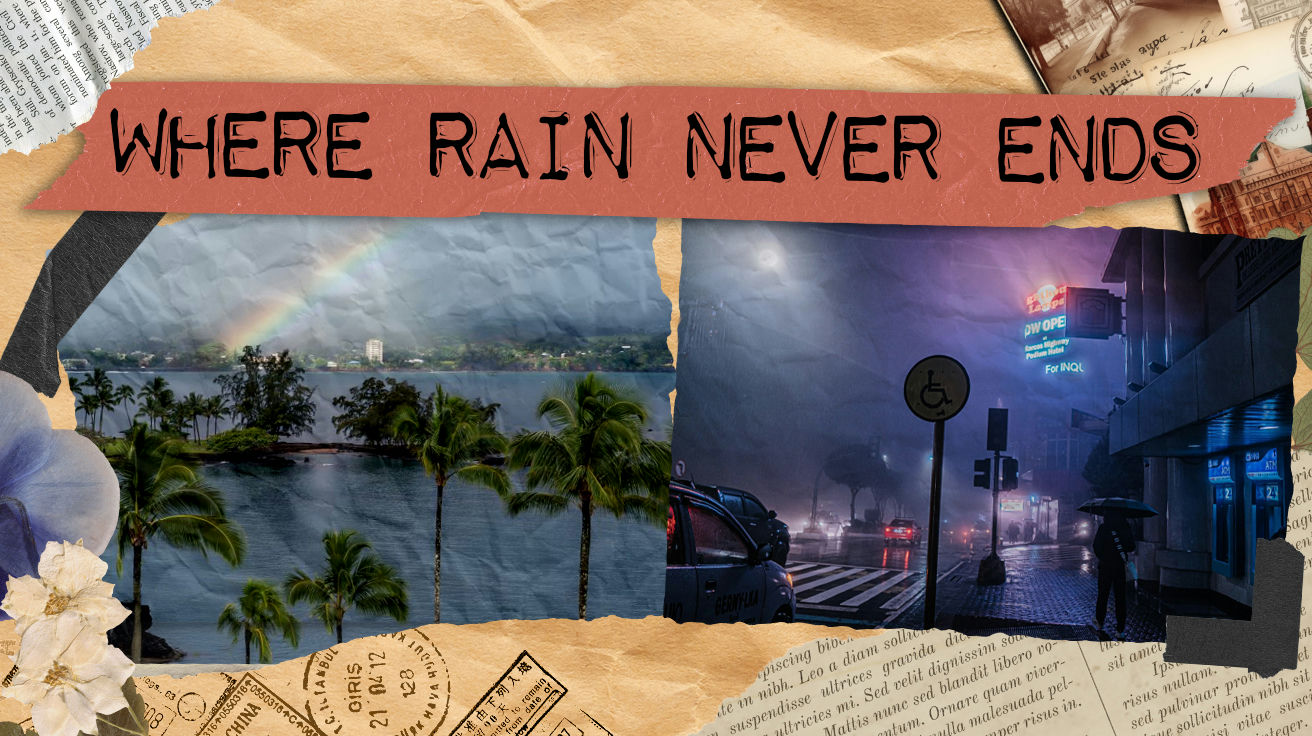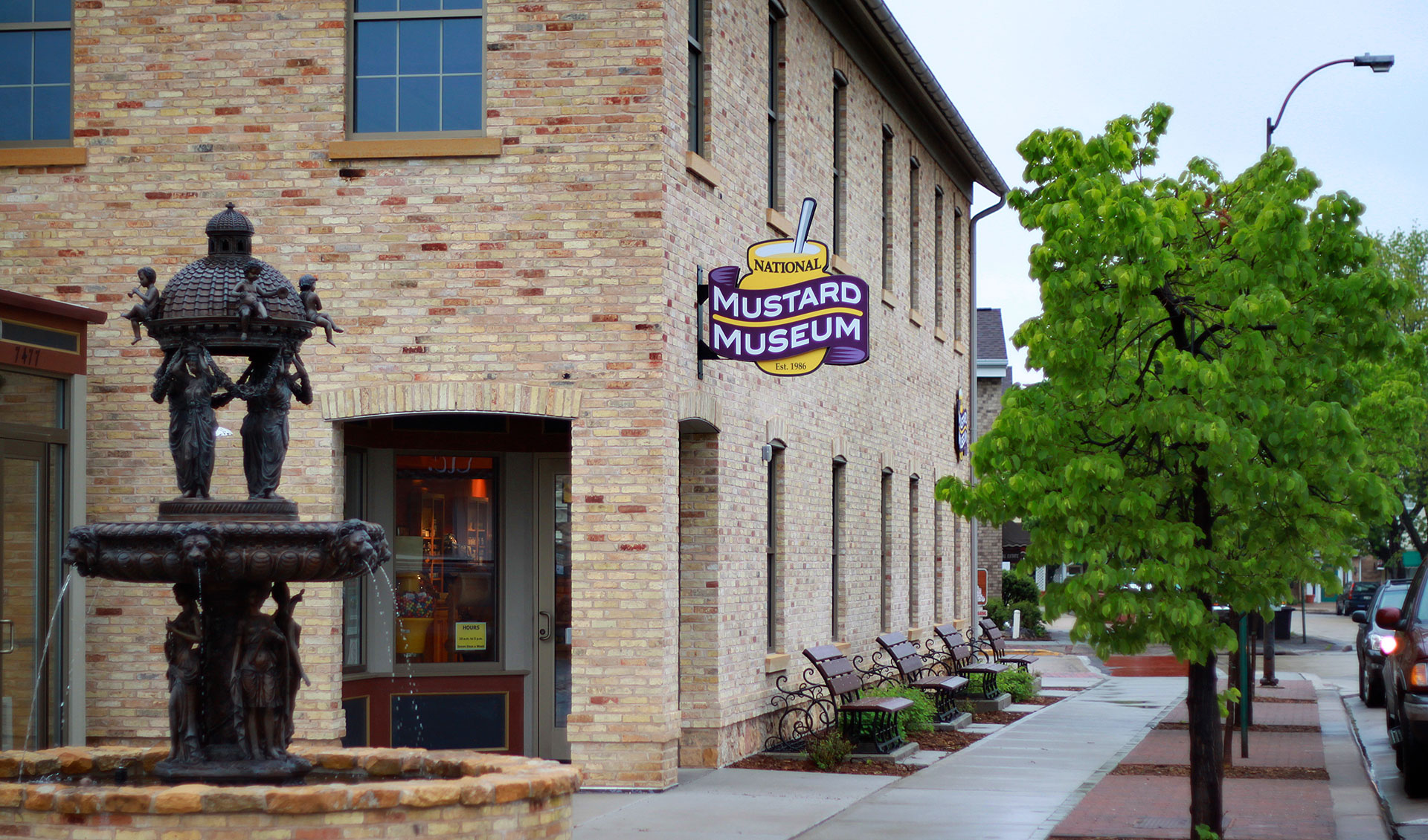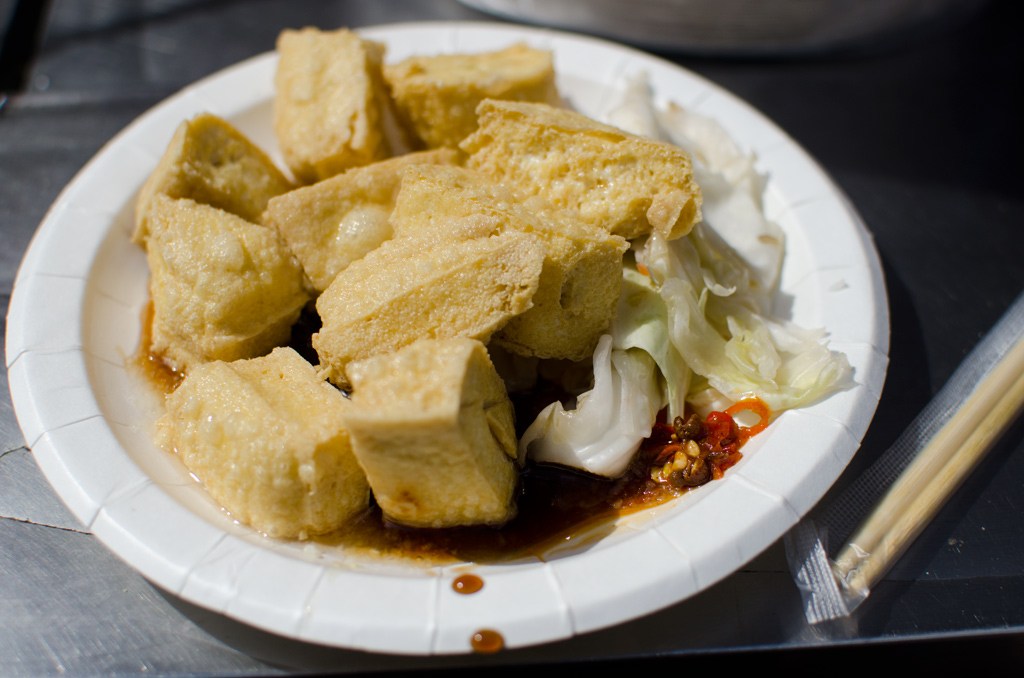You think your rainy day is rough? Imagine life where umbrellas are basically permanent appendages and mold is practically a roommate. These extreme rainfall regions don’t just get rain—they’re drenched in a perpetual downpour that would make even the most enthusiastic puddle-jumper reconsider their life choices.
ges?
15. Debundscha, Cameroon

At Mount Cameroon’s base, Debundscha drowns under 10,000 mm of annual rainfall. Locals have turned wetness into an art form. Farmers grow cocoa and plantains on ingeniously terraced fields designed for epic runoff. Homes stand defiantly on stilts, a testament to human stubbornness in this extreme rainfall region.
14. Hilo, Hawaii

Hawaii’s rainiest city receives between 130-200 inches annually, challenging the postcard image of endless sunshine. Unlike vacation spots that apologize for precipitation, Hilo leans into its wettest place on Earth identity. Its architecture features steep roofs and raised foundations that work with the landscape. The rain creates lush gardens and spectacular waterfalls that wouldn’t exist without the deluge.
13. Quibdo, Colombia

Colombia’s second entry receives over 8,000 mm of rain annually, turning streets into impromptu rivers. Located near the Atrato River, Quibdó’s inhabitants have mastered transportation by canoe when streets flood. Their rainfall adaptation includes elevated walkways that wouldn’t look out of place in a post-apocalyptic water world movie—except this isn’t fiction; it’s Tuesday.
12. Cherrapunji, India

Just 10 miles from Mawsynram sits its equally drenched neighbor. Among the wettest places on Earth, Cherrapunji records over 11,000 mm yearly. The Khasi Hills locals have engineered living root bridges from rubber fig trees. These natural structures withstand floods that would demolish concrete. They grow infrastructure rather than build it—genius born from necessity.
11. Cropp River, New Zealand

New Zealand’s wettest spot once recorded an almost unbelievable 18,000 mm in a single year. The Roaring Forties winds slam moisture-laden air into mountains. This creates a temperate rainforest so lush it makes ordinary forests look lazy. Few people choose to live in this wettest place on Earth. Can’t imagine why.
10. Tutunendo, Colombia

This tiny Colombian village gets soaked with 11,700 mm of rain yearly. The residents have basically accepted that their clothes will never fully dry. Their rainfall adaptation includes homes on stilts and covered pathways. Life here means dodging drips from saturated trees. Even “dry season” is just slightly-less-wet season in this extreme rainfall region.
9. Mount Waialeale, Hawaii

This Hawaiian mountain catches 9,500 mm of rain annually across 335+ rainy days. That means just 30 days without rain—barely enough time for a shirt to dry. The consistent saturation creates a cloud forest ecosystem so otherworldly it looks fictional. Its vertical cliffs weep waterfalls that would make even the most stoic poet write something sappy.
8. Mawsynram, India

The heavyweight champion of rainfall adaptation, Mawsynram receives a staggering 11,800 mm annually. Locals don’t just survive; they thrive with ingenuity. The traditional knup—a turtle shell-like rain shield—protects farmers tending to fields. Their homes feature sloped tin roofs that channel water away from foundations that would otherwise wash away.
7. Kagoshima, Japan

With 2,300 mm of annual rainfall, Kagoshima faces a unique challenge: rain mixed with volcanic ash from nearby Sakurajima volcano. This unholy mixture creates possibly the world’s most inconvenient precipitation. Locals have adapted with remarkable ingenuity. Umbrellas clip to bags for immediate access in this distinctive rainfall adaptation scenario.
6. Buffalo, New York

Buffalo embraces winter’s soggy embrace with a stubbornness that borders on admirable delusion. Receiving about 40 inches of annual rainfall plus legendary lake-effect snow, residents have mastered the art of waterproof existence. Their secret isn’t sophisticated infrastructure—it’s a collective shrug and an extra pair of socks. Mother Nature tries; Buffalo persists.
5. São Gabriel da Cachoeira, Brazil

Deep in the Amazon, this remote Brazilian outpost receives over 3,000 mm of rainfall yearly. When your school bus is literally a boat, you know you’re in a place with serious rainfall adaptation. Houses perch on stilts while modern infrastructure struggles. Despite this, communities thrive, proving that humans can adapt to almost anything—except maybe bad WiFi.
4. Bergen, Norway

Bergen’s 2,250 mm of annual rainfall across 230+ days makes it Europe’s soggiest city. The Norwegian proverb “There’s no bad weather, only bad clothing” wasn’t just coined here—it was lived with stubborn Nordic resolve. The city’s historic buildings feature steep slate roofs designed for relentless precipitation in this extreme rainfall region.
3. Baguio, Philippines

The “Summer Capital” receives over 4,500 mm of rain annually during the southwest monsoon season. Urban planners here don’t just acknowledge rain—they embrace it as an inevitable roommate. Houses feature covered terraces providing shelter during storms. The city’s terraces and gardens thrive thanks to nature’s overenthusiastic watering schedule in this wettest place on Earth.
2. Mount Bellenden Ker, Australia

Australia’s rainiest spot captures over 8,000 mm yearly, proving the continent isn’t all sunburned tourists. This Queensland mountain creates its own weather system. Scientists describe it as “living inside a cloud,” which sounds poetic until you realize it means never having a good hair day. Ancient rainforests thrive in this wettest place on Earth.
1. Bioko Island, Equatorial Guinea

With over 10,000 mm of annual rainfall, Bioko Island proves that paradise comes with a perpetually wet fee. The central peak of Pico Basilé creates a rain magnet that would impress meteorologists. Residents schedule their lives around peak rain times. Houses stand elevated on stilts to avoid becoming impromptu houseboats in this extreme rainfall region.


















